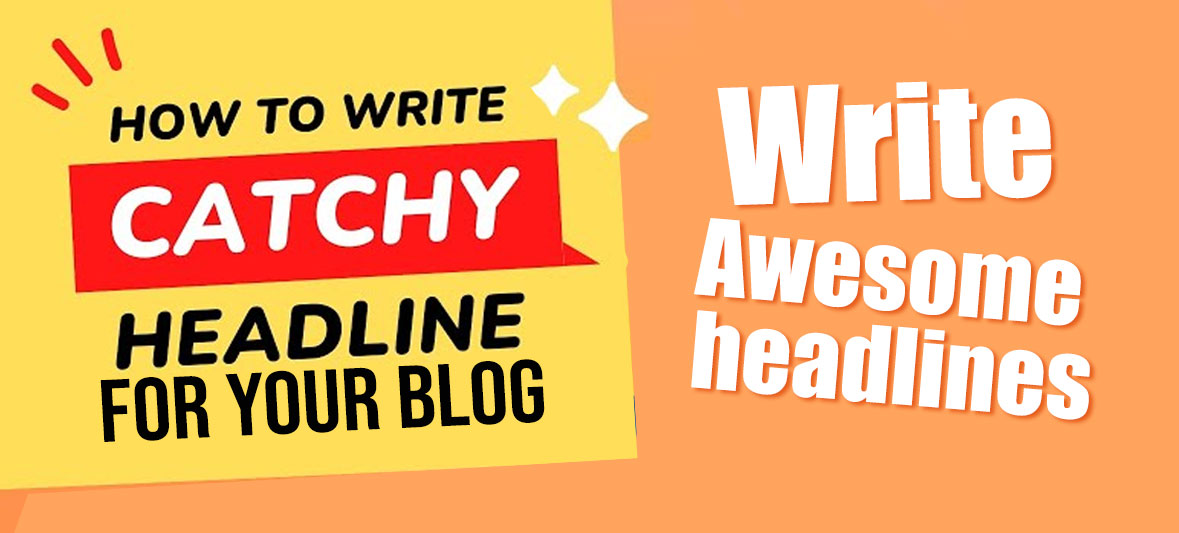Your blog headline is the first thing people notice, and it determines whether they’ll click and read your content. A strong, catchy headline grabs attention, sparks curiosity, and boosts your chances of getting more readers. In this guide, we’ll share simple and practical tips to help you write irresistible headlines.
1. Understand Your Audience
Before writing a headline, think about your audience. Ask yourself:
- What problems are they trying to solve?
- What kind of language do they respond to?
- What would grab their attention instantly?
The more you know your audience, the better you can tailor your headlines.
2. Use Numbers in Your Headlines
Headlines with numbers often perform better because they promise clear, organized information. For example:
- “10 Easy Ways to Improve Your Writing Skills”
- “5 Secrets to Better Blog Traffic”
Odd numbers tend to perform better, so keep that in mind.
3. Create a Sense of Urgency
Adding urgency encourages readers to act quickly. Use words like:
- Now
- Today
- Limited Time
Example: “Learn SEO Basics Today: A Step-by-Step Guide”
4. Make It Benefit-Driven
Your headline should highlight the benefit the reader will gain. For example:
- “Save 3 Hours a Day with These Productivity Hacks”
- “Boost Your Blog Traffic with These Simple Tips”
5. Use Emotional Triggers
Headlines that evoke emotions—like curiosity, excitement, or surprise—tend to grab more attention. Examples include:
- “The Shocking Truth About Blogging Success”
- “How to Finally Overcome Writer’s Block”
6. Keep It Clear and Concise
Avoid overly long or confusing headlines. Aim for clarity and simplicity:
- “How to Start a Blog in 5 Easy Steps”
- “Quick Tips for Better Blog Headlines”
7. Use Headline Analyzers
Tools like CoSchedule Headline Analyzer or AM Institute Headline Analyzer can help evaluate your headline’s effectiveness.
8. Test Different Headlines
Don’t settle on the first headline you write. Create a few options and test them to see which performs best. Tools like OptinMonster can help you A/B test headlines.
9. Use Power Words
Power words make your headlines more persuasive. Examples include:
- Ultimate
- Proven
- Essential
- Step-by-Step
10. Optimize for SEO
Include your target keyword naturally in your headline. For example:
- “How to Write Catchy Headlines for Your Blog”
This helps improve search engine rankings.
Conclusion
Writing catchy headlines is a skill that improves with practice. Understand your audience, use numbers, add urgency, and keep it benefit-driven. With these tips, you’ll be able to craft headlines that attract more readers and boost your blog’s visibility. Happy blogging!

